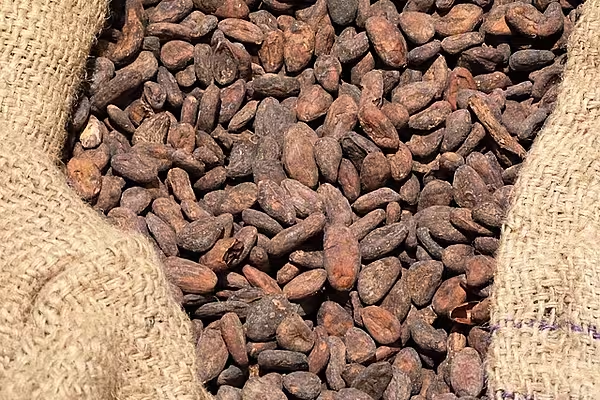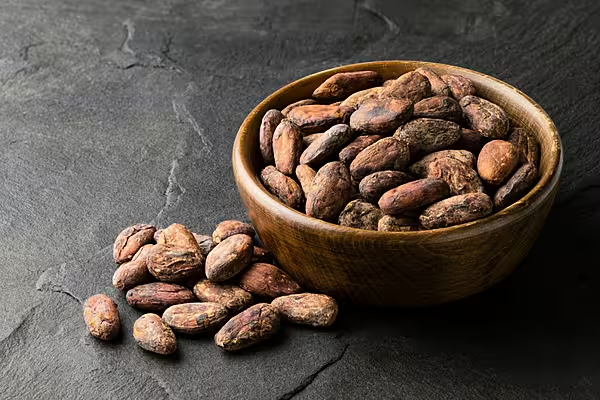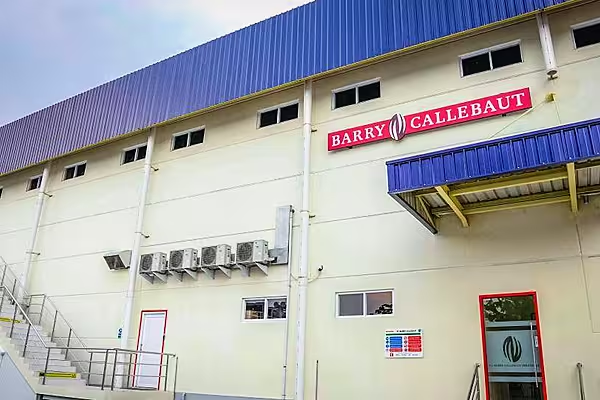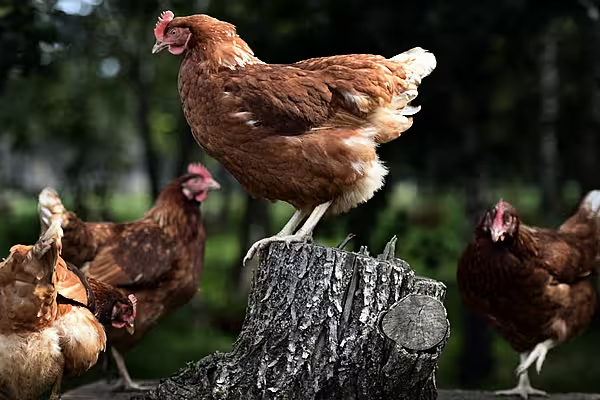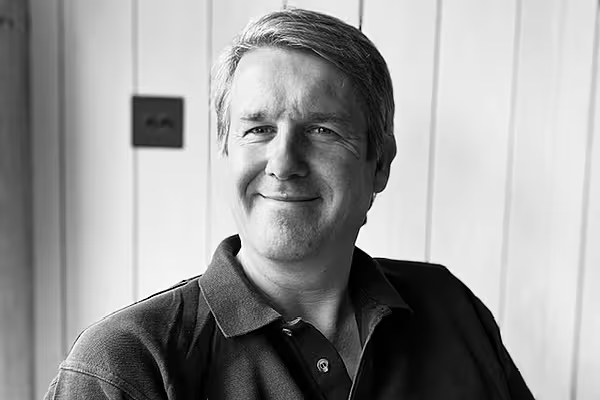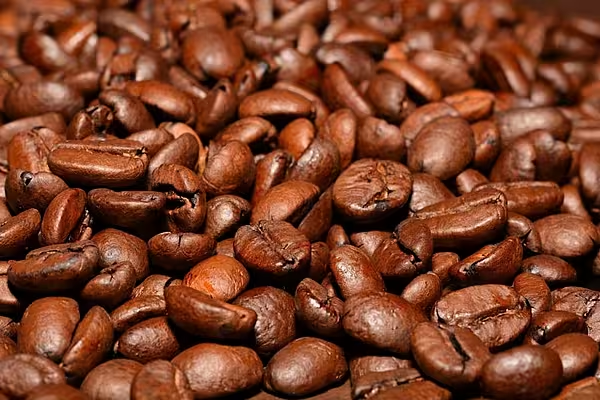Uneven rainfall across Ivory Coast's cocoa regions last week has left some farmers pinning their harvest hopes on more downpours, while others remained confident of a good crop.
Ivory Coast, the world’s top cocoa producer, is in its dry season which runs from mid-November to March when rains are poor or scarce.
No rain fell last week in the centre-western region of Daloa and in the central region of Yamoussoukro, while rainfall was poor in the central region of Bongouanou, farmers said.
Good Growing Conditions
They said growing conditions were good for the moment but output could suffer from February if the seasonal Harmattan wind strengthens while temperatures stay high.
"It's hot and the Harmattan has started. The farms need two good rains before the end of the year," said Parfait Sohoun, who farms near Daloa - an area that accounts for a quarter of national cocoa output.
The Harmattan sweeps down from the Sahara for a variable period between December and March. It causes a sharp drop in humidity.
Significant Supply
Farmers said large deliveries of beans were leaving the bush. Harvesting will fall after January, but supply will remain significant, they said.
Rains were above average in the western region of Soubre, but light and below average in the southern region of Agboville and the eastern region of Abengourou.
"Rain levels are sufficient for a quantity of quality cocoa," said Salame Kone, who farms near Soubre, where 12.7 millimetres (mm) fell last week, 1.1 mm above the five-year average.
Rainfall was poor in the southern region of Divo, but farmers said the situation was not worrying as their soil's moisture content was still high.
Weekly average temperature ranged from 27.6 to 30.3 Celsius degrees.
Read More: Ivory Coast's Main Cocoa Crop Likely To Finish Low, Buyers And Farmers Say
